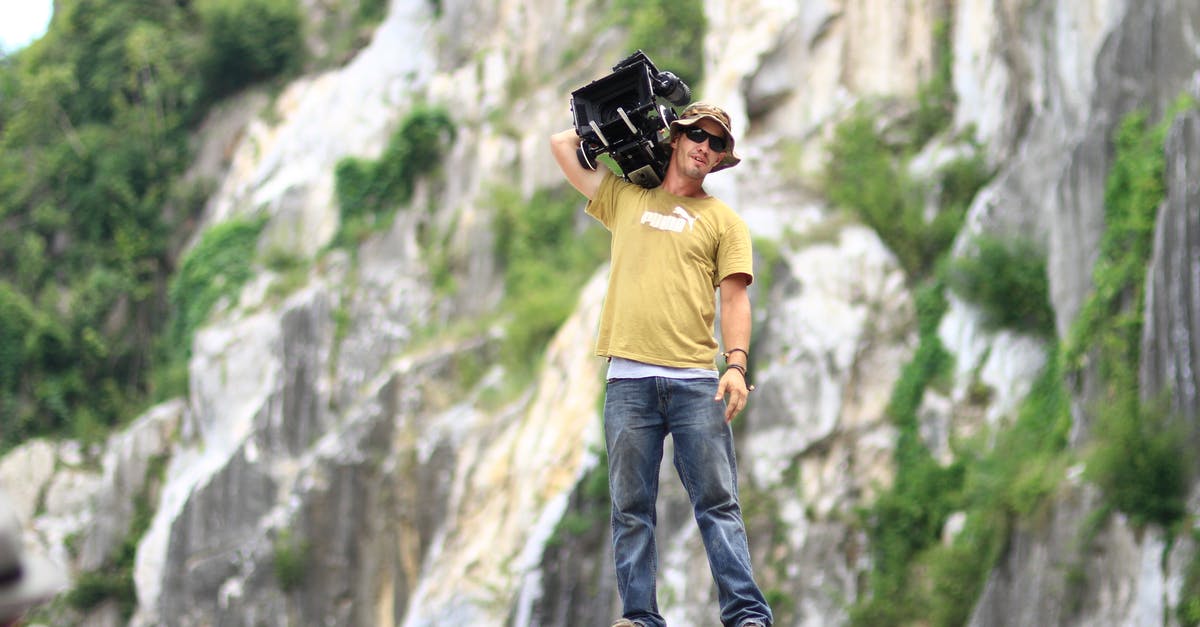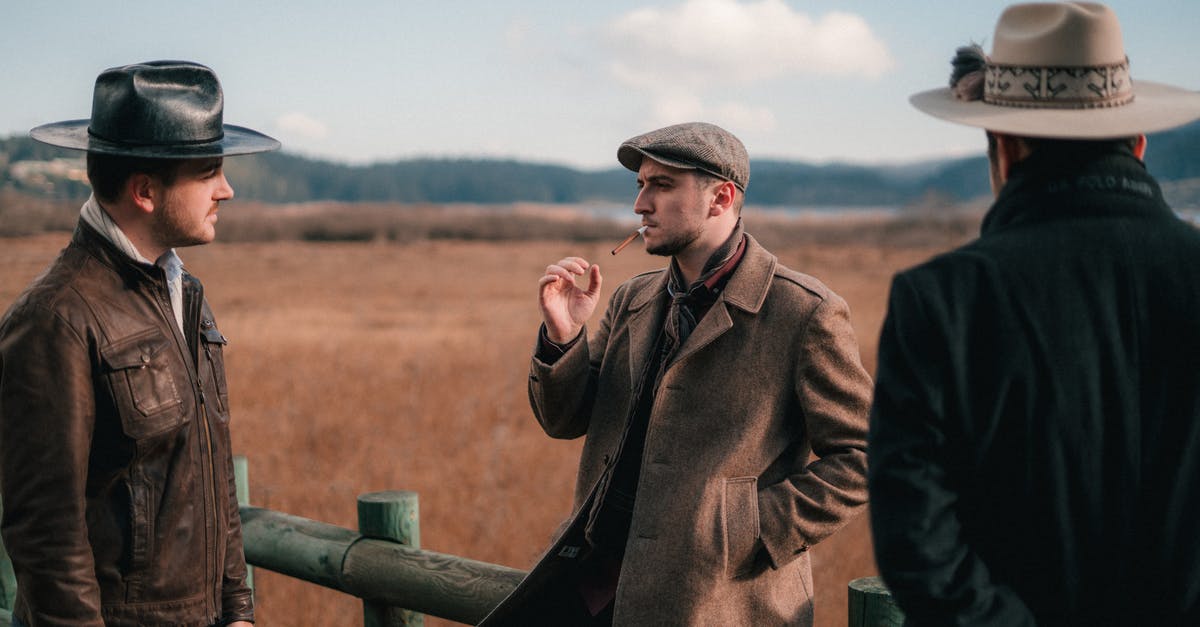In the 2004 film Van Helsing, why is there a werewolf in the day time?

I rewatched the film recently and in the scene where Anna and her brother are trying to trap the werewolf in the forest, I noticed that it’s day time. I’ve always thought in werewolf mythology, the person who is cursed turns into a werewolf during the full moon at night. So why is there a werewolf in the day time? Do they explain that in the film? If so I must of missed it.
Best Answer
Real people who lived "In Fear of the Werewolf" believed in many different methods that turned a person into a wolf, but they seldom believed that a person would automatically turn into a wolf when, and only when, the Moon was full.
But assume for the moment that in Van Helsing (2004) werewolves automatically turn from humans into wolf monsters when, and only when, there is a full Moon. How would that work?
Possibly the Moon is full on the other side of the Earth where it is night time. And maybe the person turns into a werewolf whenever there is a full Moon visible anywhere on the planet, even if the full Moon isn't visible from where the person is.
And how long does the werewolf magic consider the full Moon a full Moon? A werewolf couldn't go on a very long rampage if it was only a werewolf for one second every month. So does a werewolf stay a werewolf for one minute, one hour, five hours, 20 hours, 35 hours, or 48 hours, or some other period of time, around the exact split second of the full Moon?
If the Moon is considered "full" by the magic for a period of 24 hours or more and the magic keeps the person in werewolf form for at least 24 hours around the exact split second when the Moon is exactly full, some of those hours will be hours of broad daylight where the werewolf is, hours when the Moon will not be visible because it is on the opposite site of Earth from the Sun, where the Moon has to be if it is full or almost full.
By the way, a crescent Moon, half Moon, or gibbous Moon can be seen during the daytime. I remember when I was a child in elementary school I happened to see the Moon in the sky during daytime, and even since then I have known that it was possible to the see the Moon in daytime and have often noticed it in daylight.
But it is only possible to see a partial phase of the Moon during the daytime, because when the Moon is full as seen from earth, it must be on the opposite side of Earth From the Sun, and thus 180 degrees of arc away from the direction to the sun.
Since the sky only extends for 180 degrees up from one horizon and down to the opposite horizon, two astronomical objects that are 180 degrees apart can never be seen in the sky at the same time. If the Sun is above the horizon, the full Moon must be below it. If the full Moon is above the horizon, the Sun must be below it.
Right?
Not totally.
Once I was at Cape May, New Jersey, a very flat landscape. I was on the boardwalk near Convention Hall late one afternoon and noticed a full Moon low over the meeting of the Atlantic Ocean & Delaware Bay. All of the full Moon was visible above the surface of the water.
And then I wondered about a full Moon being visible in a blue sky during daytime, and turned around to look for the Sun. And the reddening Sun was visible low in the opposite direction, all of it visible above the surface.
How was that possible? The Earth is not a flat plane, but a sphere, and so the horizon slopes away down from where one is standing, On flat land or the ocean, the horizon is several degrees below you, and I was looking at the Sun over flat land and the Moon over the ocean.
And the atmosphere refracts light rays, so that objects near the horizon appear to be a few degrees higher than they actually are.
Years later I happened to notice a full Moon during daylight with the Sun in the sky again. This time it was at the train station at Chalfont, Pennsylvania, which is not flat land. There are hills, buildings, and trees around the train station so you can't seen down to the horizon from there.
But a full Moon and the Sun were both visible during daylight from there. I pointed one arm at the Sun and one arm at the Moon and estimated that the angle between the Sun and the "full" Moon was much less than 180 degrees, perhaps about 150 degrees or something.
Which means that the Moon was probably not exactly full but maybe one or two days from being full. But my eyes couldn't tell the the difference between that almost full Moon and a true full Moon.
So how does the magic spell that turns someone into a werewolf at the full Moon work? Does the magic spell have a magic "eye" that uses a magic "telescope" to carefully measure and estimate when the Moon is exactly full? Or does that magic spell use a method of determining the full Moon that isn't any more accurate than the naked human eye?
If the magic spell isn't any more accurate than the human eye, it might think that the Moon is full for a day or two before and after the actual full Moon, and thus the werewolf might remain in monster form for two, three, four, or five days around the time of the actual split second of full Moon.
And if the person is in werewolf monster form for at least 24 hours, it will be running around killing people during local daytime hours for part of its rampage.
And finally, why do you think that the person in Van Helsing (2004) turns into a werewolf when, and only when, the Moon is full? Does anyone say that in the movie? There are many stories in which a person has the ability to turn themselves into a werewolf by various magical methods whenever they want to. In other stories someone is turned into a werewolf permanently and can't turn back into a human.
In fact, real people have been tried for being werewolves, convicted, and executed, usually by torture, and the testimony in their trials was that they used magic to turn themselves into wolves at will.
Real people who lived "In Fear of the Werewolf" believed in many different methods that turned a person into a wolf, but they seldom believed that a person would automatically turn into a wolf when, and only when, the Moon was full.
Pictures about "In the 2004 film Van Helsing, why is there a werewolf in the day time?"



Why does Van Helsing become a werewolf?
Van Helsing tells Dracula that his children will die if he is killed. Dracula confirms this to him whereupon Van Helsing becomes a werewolf and enters a final battle with Dracula (who turns into a giant bat-like creature).Who is the werewolf in the beginning of Van Helsing?
The Wolf Man is an unnamed werewolf that appears in Van Helsing. His human form is never seen, as his body is plunged off a cliff into a river upon death.Are there werewolves in Van Helsing?
Powers & Abilities. Van Helsing shows off his werewolf claws. Razor-Sharp Claws - While transformed, werewolves possess razor-sharp claws on their forepaws which easily can rip and tear through humans as well as even harm vampires.Who was the GREY werewolf in Van Helsing?
The Grey Werewolf is a minor antagonist in the 2004 dark fantasy horror action film Van Helsing. It was a feral servant of Count Dracula and was responsible for infecting Prince Velkan Valerious with lycanthropy.Van Helsing (2004) - Werewolf on the Loose Scene (1/10) | Movieclips
Sources: Stack Exchange - This article follows the attribution requirements of Stack Exchange and is licensed under CC BY-SA 3.0.
Images: Andrea Piacquadio, Pixabay, Nothing Ahead, Sami Abdullah
